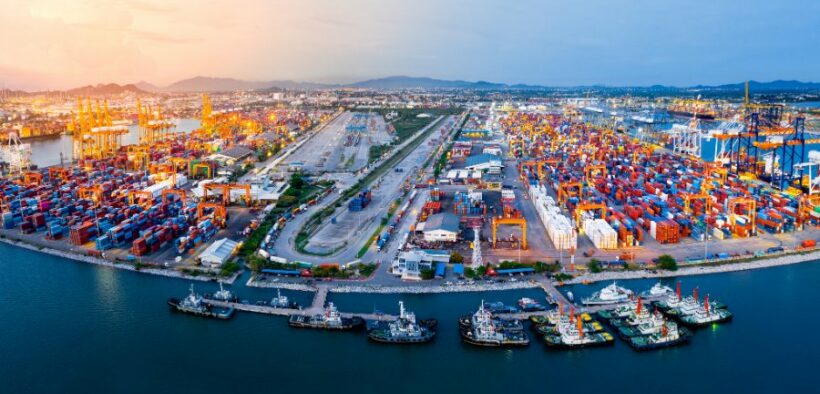Bangladesh Port Bottlenecks disrupts Global Supply Chains
Share

Bangladesh’s political turmoil has reached a critical point following the military’s takeover amid escalating violence and unrest. This upheaval is creating new complications for global supply chains, particularly as Bangladesh, the world’s third-largest garment exporter, now faces unprecedented delays at its key port.
Chittagong Port faces severe delays
Chittagong port, responsible for over 90% of Bangladesh’s international trade, now suffers from the most significant berthing delays globally, with many ships stranded in the Bay of Bengal for over a week1.
Currently, a large number of vessels are waiting to dock at Chittagong port, where operations have been severely disrupted after weeks of civil unrest, enforced curfews, and widespread internet blackouts. These tensions peaked on August 5th when demonstrators breached the Prime Minister’s residence in Dhaka, forcing her to resign and flee the country.
The port is struggling to manage a massive accumulation of containers, with storage yards nearing full capacity at 80% occupancy. In normal conditions, port operations begin to falter when yard usage surpasses 60%, but with customs clearances dropping by 85%, the congestion is far from being alleviated.
Compounding the issue, disruptions in rail services have further hindered the movement of imported goods, while cross-border trade routes with neighbouring countries like India and Bhutan have been shut down in recent days.
Surging airfreight costs and logistical challenges
Bangladesh’s garment industry, which generates approximately $47 billion in exports annually, faces a critical juncture 2. Any sanctions or trade restrictions could deal a devastating blow to the economy, making it crucial for the interim government to maintain favourable relations with Western nations.
At the same time, airfreight costs from Bangladesh to key Western markets have surged over the last two weeks. About 3,000 tonnes of export cargo are currently piled up at Dhaka’s main airport, the country’s primary airfreight hub.
Compounding the issue for those companies trying to get their goods out of Bangladesh, airfreight rates have soared by as much as 20% to various destinations as Dhaka’s airfreight rates now far exceed those in Kolkata.
Despite these challenges, very few if any additional freighter aircraft have been deployed to Dhaka to help ease the backlog. With passenger planes only able to transport only 600 to 700 tonnes of cargo daily, clearing the congestion will likely take some time. Shippers might need to explore alternative routes in the interim, such as air-to-air transfers via Colombo, Singapore, or Dubai, or combining road and air transport through Delhi, or sea and air options via Colombo and Dubai.
Importance of visibility
Once again, the importance of visibility when tackling disruptions is revealed. Whether it is container vessels stuck in the Suez Canal, the Houthi attacks in the Red Sea, droughts in the Panama Canal, or the new geopolitical disruptions in Bangladesh, the supply chains of global organisations are victim to issues outside of their control.
When disruptions such as the aforementioned arise, it is paramount that organisations have the visibility and agility needed to proactively seek to address them.















